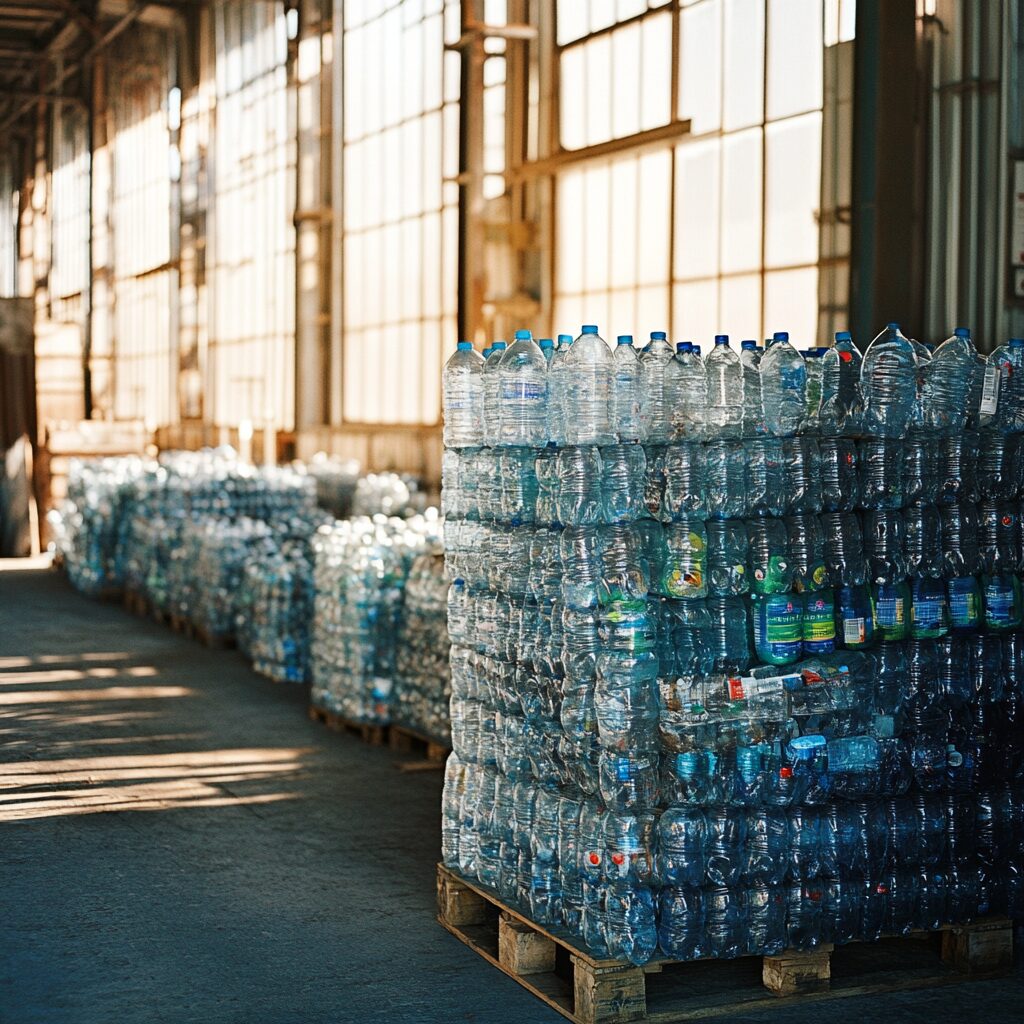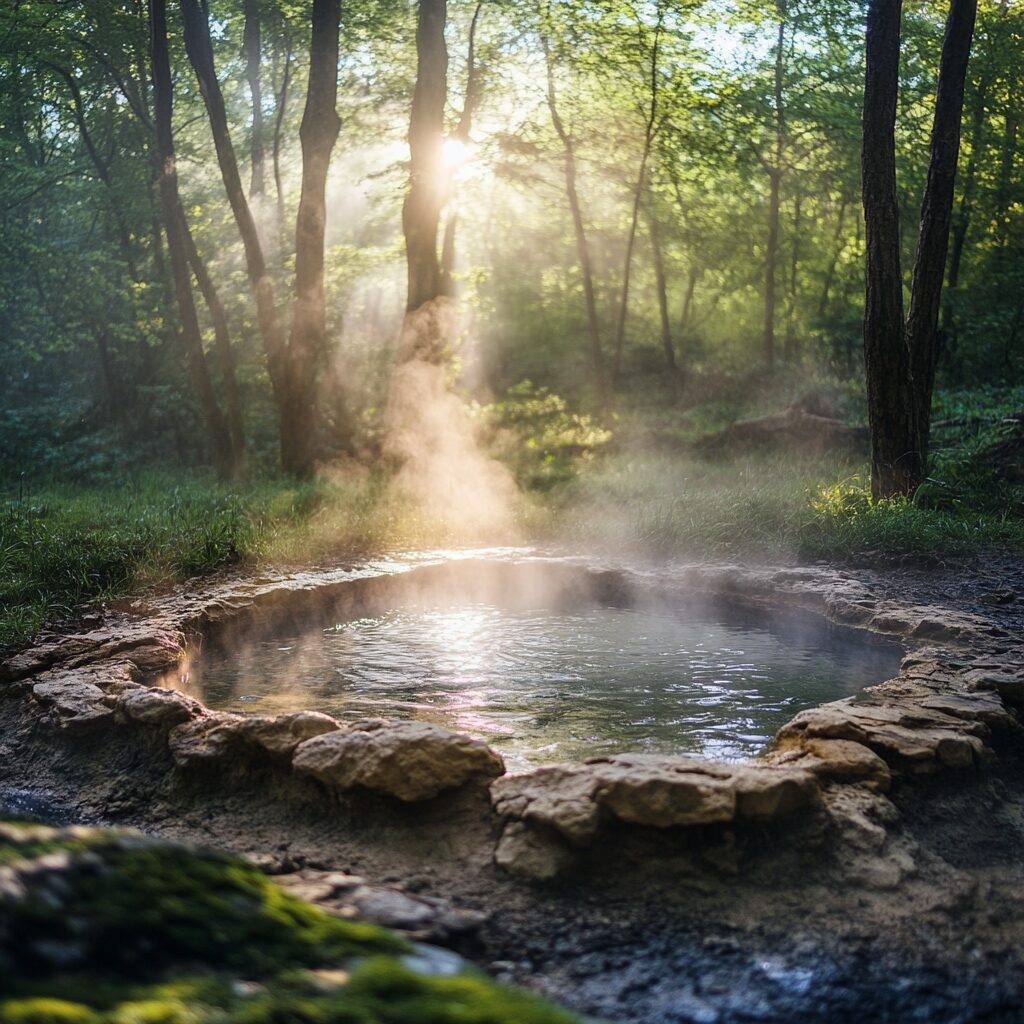The next time you pay premium prices for bottled water, consider this startling fact: 64% of bottled water sold in America comes from municipal tap water sources. This revelation challenges the pristine image many bottled water brands project through their marketing. What’s more surprising is that you might be paying up to 2000 times more for water that’s essentially flowing from your kitchen faucet.
Major brands using municipal water sources

Several well-known bottled water brands source their water directly from municipal supplies. Dasani, Lifewtr, and Nestle Pure Life are among the major companies that use tap water as their primary source. While these companies often employ additional purification processes, the base ingredient remains the same water that flows through public water systems.
Municipal water faces stricter regulations
Contrary to popular belief, tap water undergoes more rigorous testing and monitoring than bottled water. The Environmental Protection Agency (EPA) enforces strict standards for municipal water, while bottled water companies follow less stringent FDA guidelines. Research indicates that many bottled water brands contain various contaminants, including caffeine, acetaminophen, and plastic-derived chemicals.
Hidden costs of bottled water production

The environmental impact of bottled water extends beyond just water sourcing. Manufacturing plastic bottles consumes approximately 17 million barrels of oil annually, and 86% of these bottles end up in landfills or oceans. Additionally, the process of bottling and transporting water significantly increases its carbon footprint compared to tap water delivery systems.
Many bottled water companies add minerals and electrolytes to municipal water to enhance taste and perceived value. These additions often serve marketing purposes rather than providing significant health benefits. Some brands create proprietary mineral blends to differentiate their products, despite starting with the same base municipal water.
Spring water versus purified tap water

Approximately 55% of bottled water comes from spring sources, while the remaining 45% originates from municipal supplies. However, the distinction between spring and purified tap water often becomes blurred through marketing. Some brands use terms like “purified water” or “drinking water” to avoid explicitly stating their municipal source.
Impact on local water resources
When bottled water companies source from municipal supplies, they can strain local water resources. This becomes particularly problematic in regions experiencing drought conditions. California, for example, has faced criticism for allowing water bottling operations to continue during severe drought periods, potentially affecting residential water availability.
Microplastic contamination concerns
Recent studies have identified microplastic contamination in bottled water, often originating from the plastic packaging itself. These microscopic particles pose potential health concerns that aren’t present in tap water served directly from municipal sources through metal pipes.
The reality of bottled water sourcing challenges many assumptions about what we’re paying for. While marketing often portrays bottled water as superior to tap water, the evidence suggests otherwise. Municipal water systems typically provide safe, highly regulated water at a fraction of the cost. For those concerned about tap water taste or quality, home filtration systems offer a more cost-effective and environmentally conscious alternative to bottled water.

